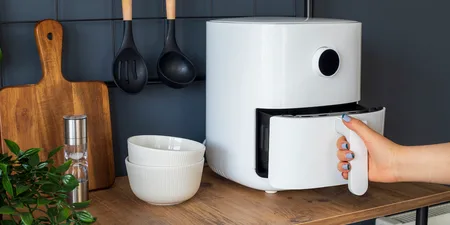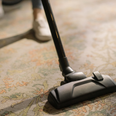Employees have long been advised to keep work and home life separate. However, new research suggests that blurring the lines a little could have some big benefits.
In fact, the latest study finds that employees who use flexible working arrangements, such as “flextime” and “flexplace”, experienced less disruption to job performance when home interruptions spilled over into the workplace.
According to the SAGE research, published in Human Relations, methods such as goal setting (creating plans that specify ‘what, when and how’ incomplete tasks will be accomplished) can lead to better work output, while still leaving time to collect the kids, help with homework, chat to your other half or do a weekly carpool.
“In the long run, it may be better to allow employees’ minds to wander and take occasional phone calls from home rather than set up policies that establish strict and inflexible boundaries, which could discourage the development of functional ways to juggle both”, argue the researchers.
“Overall, our findings suggest that integration, rather than segmentation, may be a better long-term boundary management strategy for minimizing resource depletion and maintaining higher levels of job performance during inevitable work-family role transitions.”
Do you work in an environment where flexi-time or ‘flexspace’ is encouraged? Let us know how it works for you on Twitter @HerFamilydotie.












































